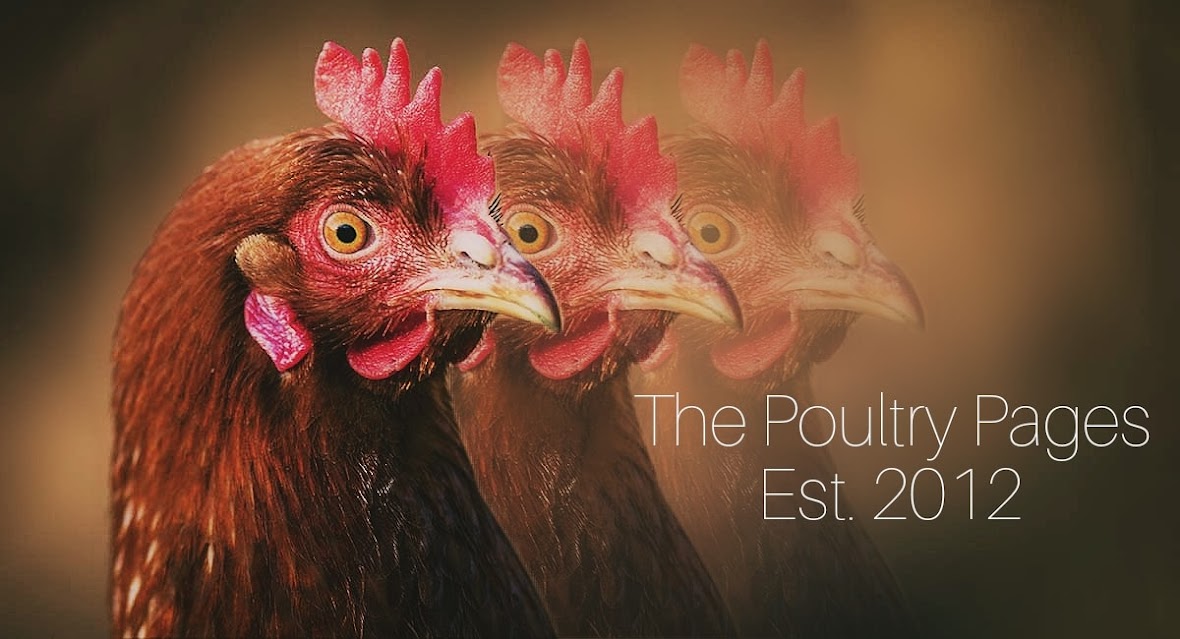
*** Sick Chicken Diet / Recipe ***
There can be many reasons why your chickens get sick ranging from disease to eating something they shouldn't have to a crop issue. But what you need to quickly identify is, does your chicken need a vet or is there anything you can do at home to help?
Well, we have put together this nutrient rich diet or recipe if you like and what you can give to your sick chicken / chickens before deciding if a vet visit is necessary. You can also use this diet / recipe in recovery situations too, from surgery or fox/predator attacks and the diet / recipe is not just specific to illness situations.
The diet / Recipe:
- 1 teaspoon of cod liver oil
- 1 teaspoon of honey
- 2 tablespoons of natural (live) yogurt
- 2 to 4 tablespoons of either rolled oats or baby rice
- 1 tablespoon of lentils or similar
- 2 tablespoons of grated apple (wuth juice) or apple cider vinegar
- 1/2 to 1 tablespoon of vitamin powder (multi-vitamin)
- 1/2 to 1 cooked egg yolk (crumbled into mixture)
Directions:
1. Mix to a crumble like mixture/consistency and not one that's runny and feed as normal (force feeding is ok if and when required) but in that particular event, try and roll into a pellet shape to make it easier both for you and the bird and gently massage the neck and crop as it goes down if the hen doesn't eat on it's own accord.
2. Make diet / recipe fresh daily.
3. A drink should always be available (with added vitamins) and again (force feeding is ok if and when required) but be careful not to aspirate the bird, a petite or syringe is better to use and drop by drop allowing the bird to swallow itself and down the 'left hand side' of the beak/mouth.
4. Also have regular feed available at all times alongside the diet/recipe.
5. Feed once a day (in the morning) for 2-3 days in order to see if there is any improvement. If visible improvement is made then continue with diet/recipe until the chicken or chickens are back on their feet and can go back into the flock (remember) a sick chicken or chickens MUST always be separated from the flock to protect the flock.Little to no improvement:
If there isn't any visible improvement within 2-3 days then you should seriously consider contacting your vet (if you already haven't done so). PLEASE NOTE that this sick chicken diet / recipe is NOT and in no way designed to replace the need or a vet or vet treatment and is just something you can do at home to help because a vet's interaction or intervention is NOT always needed.
© The Poultry Pages 2021.
<<= Back to The Poultry Pages


















